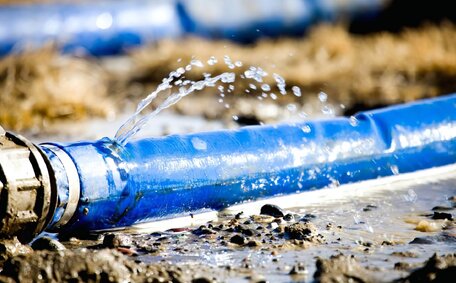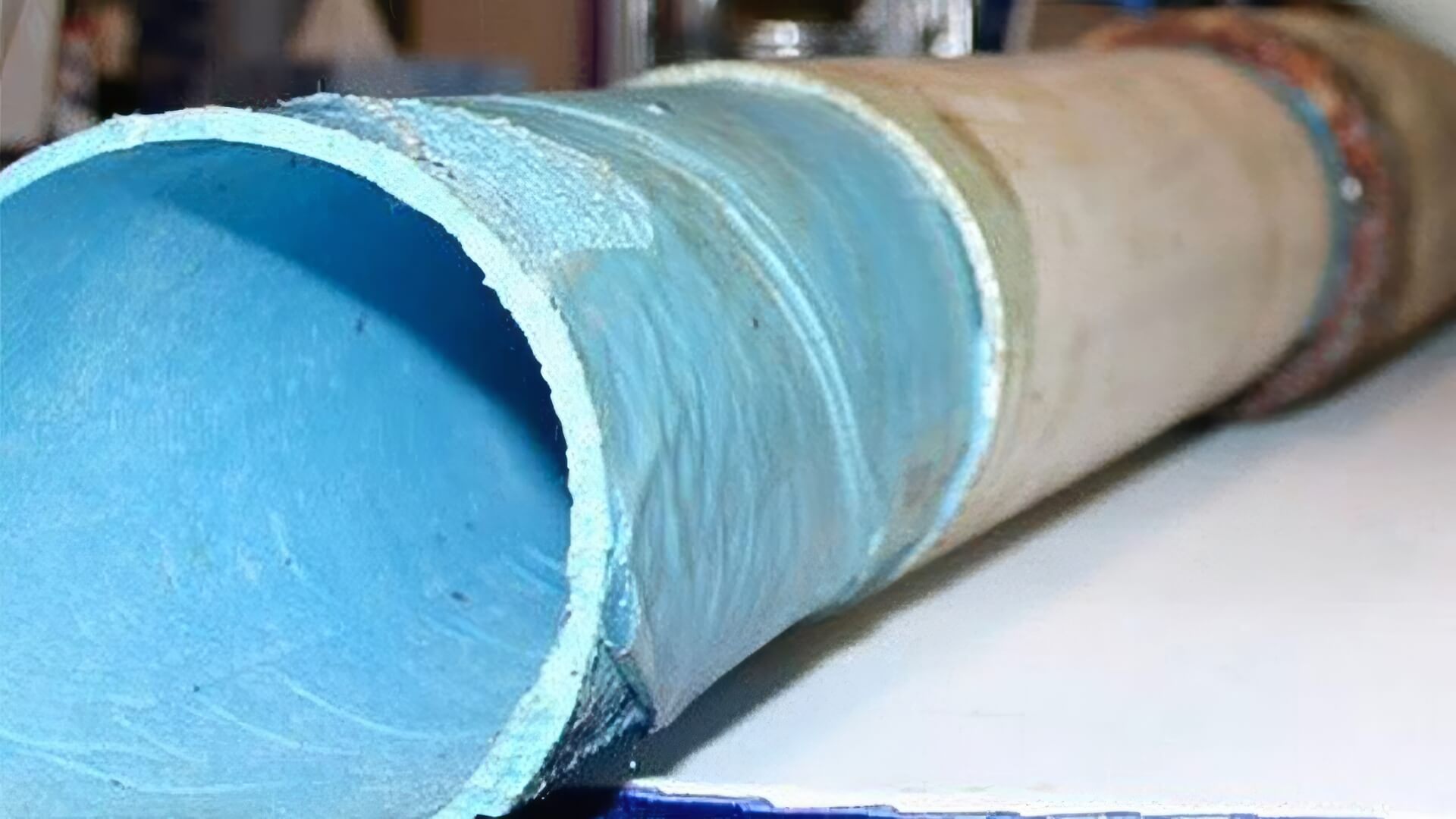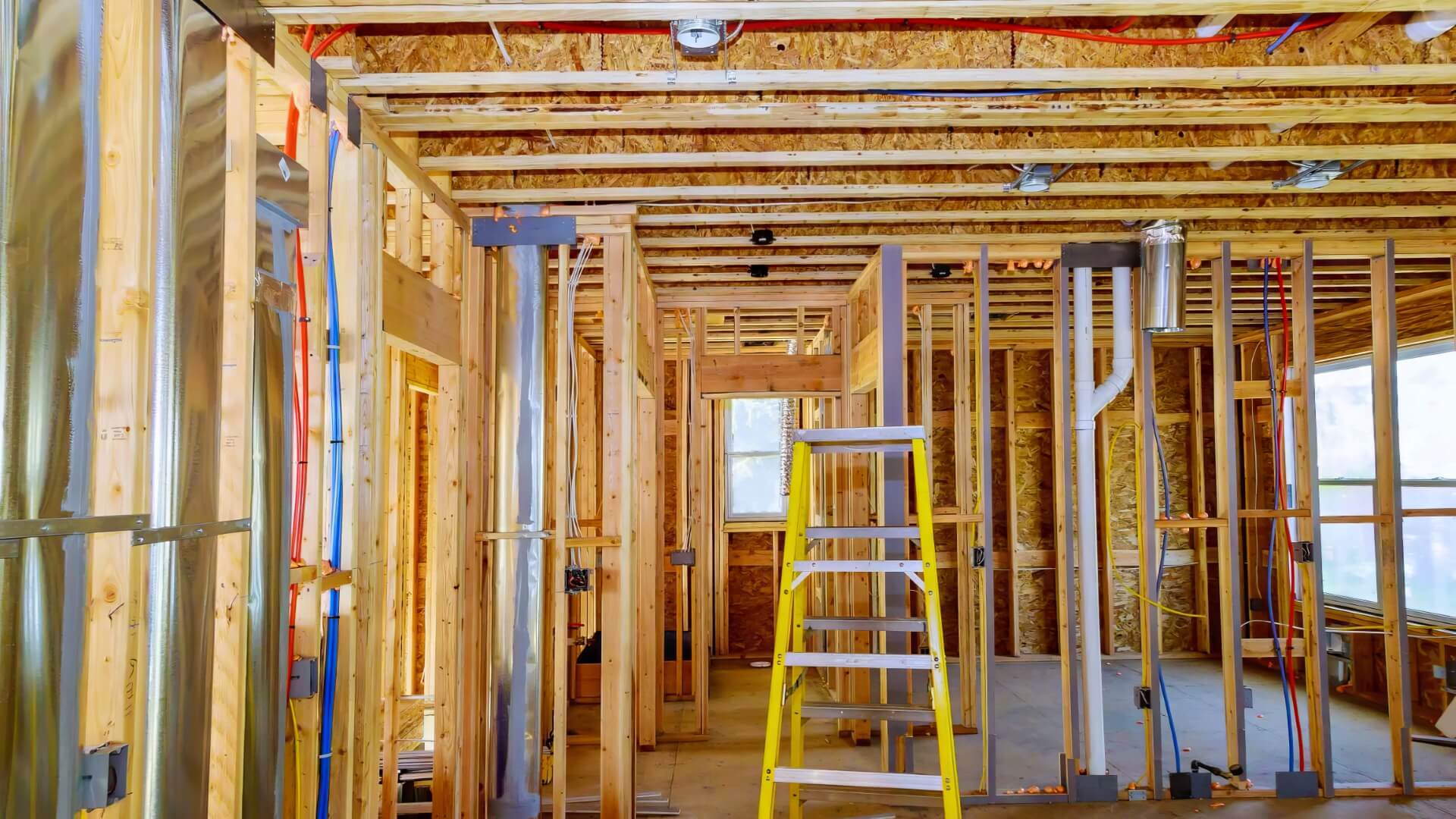Understanding Gas Safety Basics
Gas safety is essential, and it’s important to be vigilant as gases can displace oxygen, posing a risk of asphyxiation at high concentrations.
Though natural gas and LPG are vital energy sources, understanding the hazards is critical for maintaining safety. These fuel gases are odourless and colourless in their natural state, but possess an added sulphurous scent to aid in identifying leaks.
Even minor gas leaks are potential fire and explosion hazards. Keeping gas appliances well-maintained and responding to odd smells or malfunctions promptly is crucial. Quick access to and knowledge of how to close your gas meters and main shutoff valve can mitigate emergency situations.
Familiarising yourself with your gas meter and the key properties of natural gas and LP gas, including the location of your gas shutoff valve, is essential for safety. As natural gas is less dense than air, it disperses swiftly upon release and can cause less harm if properly managed. Heavier LP gas can pool in low spaces around your gas line, creating suffocation and explosion risks. Understanding these basics helps households and businesses use gas more securely.
Effective ventilation through doors and windows is crucial for the safe operation of your gas utilities.
How and When to Perform an Emergency Gas Shut-Off
In an emergency, such as when you smell gas or hear hissing, see bubbling water, observe failing pilot lights, or in the event of a fire, promptly check and turn off your gas.
Prioritise your safety by ensuring light switches and other electrical devices stay untouched before cutting off gas supply, as sparks might ignite any escaped gas.
Immediately put out all flames, evacuate inhabitants, and locate potential gas appliance leak sources. Open doors and windows for ventilation and inspect the pilot lights once the gas is off to ensure safety. Check that the gas flow has stopped by trying to relight the pilot lights, which might need a specialised tool.
Identify the location of your main gas shutoff, generally on the gas metre or the gas pipe entering the building, and turn the valve a quarter-turn clockwise to the off position.
Should you still smell gas, hear hissing, or the off gas appliance hasn’t turned off after the main valve has been shut, proceed to switch off each appliance individually. Should issues remain, evacuate immediately and switch off each gas appliance before you contact your gas supplier along with the fire brigade from a secure location, coordinating actions regarding all your gas appliances. Only endeavour to recommence gas service on appliances after obtaining professional leak inspection and express safety approval.
Locating the Gas Meter and Identifying the Shutoff Valve
In many Sydney homes, the gas meter and emergency shutoff valve are located outside. Typical spots for Australian gas meters are on the side of your house, adjacent to your electricity meter, on an outer wall in the vicinity of your hot water system, or driveway-side.
Your gas meter is often encased in a metal box marked 'Gas’, displaying readings, gas type, and emergency numbers. Usually, a yellow emergency shutoff valve inside the box or on the intake pipes runs perpendicular to the pipe, offering a rapid way to cut the supply.
Engaging the gas shut off valve with a quarter-turn clockwise until the lever crosses the pipe will manually halt distribution when turning off gas to your house. Ascertain that you’ve turned your main shutoff by trying to reignite your appliances gas pilot lights afterwards. For continued gas issues, inspect your individual internal appliance valves until resolved.
Examine the exterior sections of your dwelling to locate the gas metre box and cut the gas off using the emergency valve if necessary. Commit its precise location to memory and confirm all household members can easily reach the emergency gas shut off valve during urgent situations.
Using the Proper Tools to Turn Off the Gas Supply
You’ll require the proper instruments to turn your gas supply off competently and without hazard. Emergency shutoff valves are normally closed by hand; however, corroded or stiff valves may need a wrench for extra leverage. Utilise an adjustable wrench or suitably sized fixed spanner on the flat facets of the valve which can also be used safely on other utilities when needed.
Choose wrenches made of non-sparking materials to ensure safety when manually turning off your gas supply. It’s safe do maintenance using tools that won’t cause sparks, avoiding steel wrenches or pliers. Wear gloves to protect hands and improve grip when turning valves, ensuring you also know how to turn off water in your home.
Use moderate, steady pressure to gently turn the valve gas into a quarter-turn clockwise to the closed position, denoted by the valve handle lining up perpendicular/across the pipe. Forcing valves can damage them or connected pipes. Should the valve resist manual turning, employ a spanner prior to please contacting your licensed gas professional for assistance.
Possessing appropriate non-sparking tools and knowledge of correct valve-turning techniques equips households to perform a safe gas shut off during emergencies.
Installing Emergency Gas Shutoff Devices
The installation of a safety shutoff valve such as the ESTOP-09 confers an additional layer of protection, enabling residents to turn off gas quickly during emergencies. These units automatically detect leaks and execute an emergency gas shut off by activating their integrated solenoid valves if dangerous levels of methane or propane are present.
Positioning shutoff devices strategically near your gas appliances, such as water heaters, gas stoves, and grills, mitigates risks. Units mounted on walls or ceilings have remote methane detectors to provide whole room coverage. High concentrations of methane prompt the device’s solenoid valve to cease gas movement along linked gas pipes or hoses.
The ESTOP-09 is designed for outdoor communal areas using liquid propane, such as pools and BBQ spaces in apartment complexes. Ceasing the flow of gas by shutting off the main line during leaks averts mishaps until tanks are replaced or gas lines mended. These devices provide a vital automated response for shutting off all gas during the interim between regular safety audits.
While not substitutes for regular inspections and maintenance, home and communal area shutoff valves are affordable investments that can bolster fire safety and prevent gas-related health and property damage risks. Their automatic responses minimise harm when unpredictable accidents occur by limiting gas flow.
Gas Leak Signs and Proper Emergency Response
Signs of a potential gas leak include an odour reminiscent of rotten eggs, hissing sounds near pipes and appliances, unexpected dead plants in normally healthy areas, and visible leaks from lines or appliances. Upon detecting any indications of a leak, cease all activities, vacate the premises, and urgently contact emergency services or contact the gas leak 1800 427 171 hotline from a secure location. Gas leaks can rapidly escalate into deadly situations, so do not return to the vicinity or try to relight pilot lights until emergency personnel give an all-clear.
Do not try to locate or fix the leak yourself; instead, promptly call a licensed gas fitter with the necessary skills.
Tips for Safe Use and Maintenance of Gas Appliances
Ensuring the safe operation of gas appliances begins with their correct installation by a qualified gas fitter, as per manufacturer instructions. Maintain adequate ventilation around appliances and keep external vents unblocked.
Use extractor fans while cooking and ensure areas with natural gas appliances, like water heaters, are ventilated frequently.
Check flexible hoses for wear and expiry dates. Guarantee that no flammable materials are stored near your water heater. Finally, install carbon monoxide and gas detectors for extra safety.
Clean cooker hood filters and drain drip trays often to avoid grease accumulation. Check appliances and their connections for any damage, leaks, or odd sounds during operation.
Stick to service schedules, monitor appliance operation, and fix any issues immediately.
Gas Safety Precautions in Communal Living Spaces
Communal living spaces with shared gas amenities require special safety precautions. Inform every resident about the locations of the gas system and gas installation valves for emergency shut-offs. Keep the area tidy and shut down any gas appliances that are not being used precisely as instructed.
Install an emergency stop button mechanism similar to the ESTOP-09 for your gas stove and outdoor grills to address swiftly any gas safety concerns and deactivate all linked devices. In the event of an emergency, it’s a good idea to ban smoking near gas equipment to boost safety measures. In the event of an emergency, checking hoses for wear/damage before each use is critical. Turn off tanks when not cooking.
If there’s a fire, have a fire extinguisher ready and never leave a lit barbecue unattended, using timers to remind you. Position BBQs at a distance from structures and secure the gas tank upright to prevent leakage.
Ask residents to report issues immediately. Perform and log regular safety inspections of tanks, connections and hoses.
Actively replace ageing components, ensuring a licensed gas fitter handles all installations and repairs. Encourage residents to immediately call the local emergency service if they suspect a leak or safety hazard.






